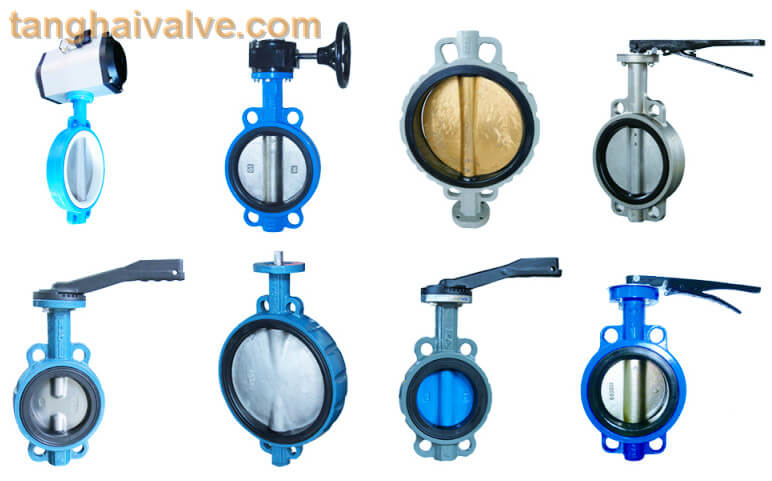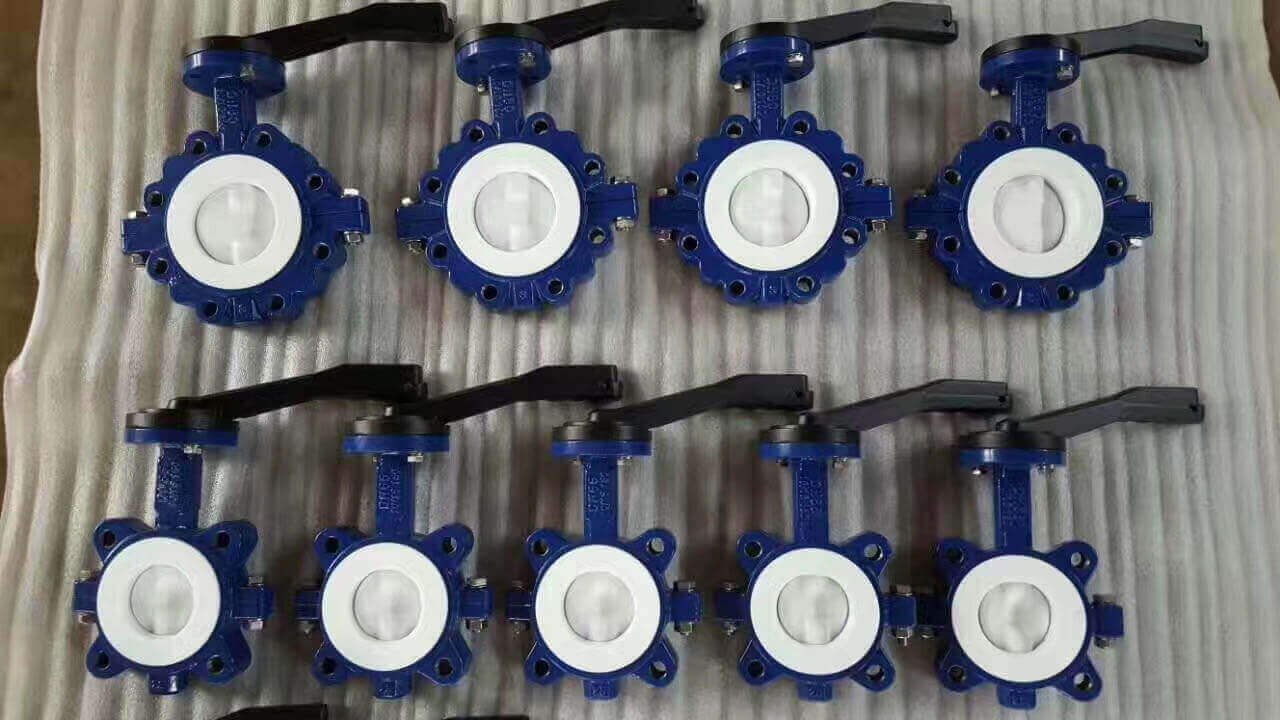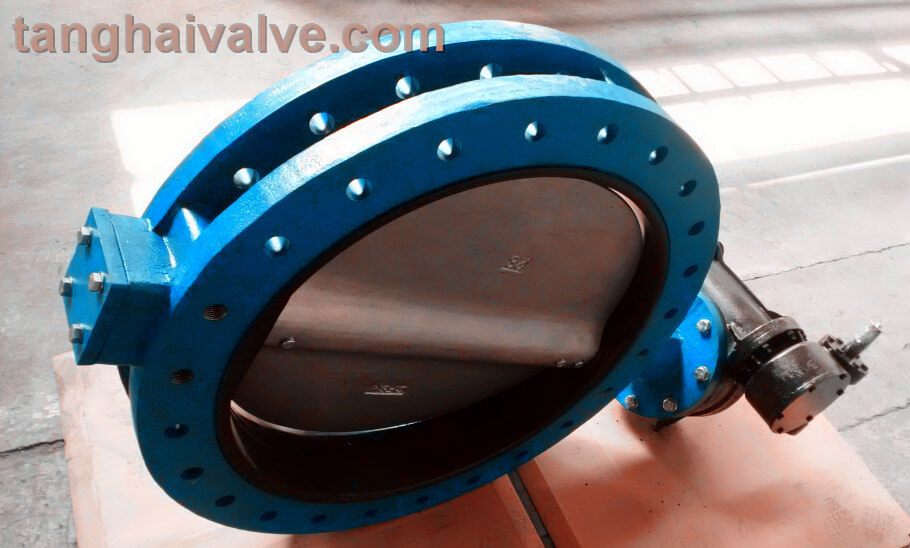Introduction to Common Butterfly Valve Materials
This article makes an introduction to the commonly used butterfly valve materials. For butterfly valves, you should already have a certain understanding. There are many types of butterfly valves. According to the different connection forms, they can be divided into wafer butterfly valves and flanged butterfly valves; according to different sealing surface materials, they can be divided into soft sealing butterfly valves and metal hard sealing. Butterfly valve;

Types of wafer butterfly valves
according to the different driving methods, it can be divided into handle butterfly valve, turbine butterfly valve, pneumatic butterfly valve, electric butterfly valve and so on. So what are the commonly used butterfly valve materials?
Commonly used butterfly valve materials are mainly cast iron, cast steel, stainless steel three categories. Each material can be further subdivided. Below we will give an introduction to these three types of butterfly valve materials.
Category 1: Cast Iron
Cast iron is subdivided into four categories: gray cast iron, malleable cast iron, ductile iron, and nickel cast iron. This article mainly introduces the two main cast iron materials made by Tanghai valve: gray cast iron, ductile iron and stainless steel.

lug butterfly valve-lined-PTFE-DI body (1)
Gray cast iron is cast iron with flake graphite, because the fracture is dark gray when broken, so it is called gray cast iron. Gray cast iron is the most widely used cast iron, and its output accounts for more than 80% of the total output of cast iron. The casting performance, cutting performance and wear resistance of gray cast iron are very good. Its disadvantage is that its strength, plasticity and toughness are lower than other cast irons.
Grey cast iron is used as the material of butterfly valve, which is usually suitable for weak acid and weak alkali media such as water and air, but not suitable for pipelines with perhydrochloric acid and nitric acid media.
Ductile iron is a high-strength cast iron material with very high strength, toughness and wear resistance, and its comprehensive performance is close to that of steel. At present, the application range of ductile iron is second only to gray cast iron. We often say “replace steel with iron”, which refers to ductile iron.

U type flange butterfly valve (4)
Ductile iron is used as the material of butterfly valve, which has certain corrosion resistance and performance is much higher than that of butterfly valve made of gray iron. The applicable medium includes steam, general gas and oil.
The second category: cast steel
Cast steel is a cast iron alloy, which is a general term for iron-based alloys used to produce castings that do not undergo eutectic transformation during solidification. The advantages of cast steel are greater design flexibility and variability, increased overall structural strength and a wide range of weight variations. Using cast steel as the butterfly valve material, the performance is better than that of cast iron but not as good as stainless steel. Butterfly valve made of cast steel is suitable for steam, non-corrosive gas, oil, etc.
The third category: stainless steel
Stainless steel refers to steel that is resistant to weak corrosive media such as air, steam, and water, and chemically corrosive media such as acid, alkali, and salt, also known as stainless acid-resistant steel. Generally, the butterfly valve made of stainless steel has the best performance and can be used in more severe working conditions. It is used in some ultra-high temperature, ultra-low temperature and strong acid-base corrosive medium pipelines. Wear-resistant and long-lasting.
The above is the introduction of commonly used butterfly valve materials. Generally speaking, the price of stainless steel butterfly valve is the highest, and gray cast iron is the cheapest. If you want to know more about butterfly valve, you are welcome to visit Tanghai Valve”
TH Valve is a professional manufacturer of butterfly valve, gate valve, check valve, globe valve, knife gate valve, ball valve with API, JIS, DIN standard, used in Oil, Gas, Marine industry, Water supply and drainage, fire fighting, shipbuilding, water treatment and other systems, with Nominal Diameter of DN50 to DN1200, NBR/EPDM/VITON, Certificates & Approvals: DNV-GL, Lloyds, DNV, BV, API, ABS, CCS. Standards: EN 593, API609, API6D
Video of center-lined butterfly valve:
Related news/knowledge:
Valve body (TH-VBD)
Valve body and material classification
What is the material of the main parts of the butterfly valve?-(1)
Commonly used valve body material code description



 © Copyright 2020 Tianjin Tanghaidongyang Valve Co., Ltd. All Rights Reserved.
© Copyright 2020 Tianjin Tanghaidongyang Valve Co., Ltd. All Rights Reserved.